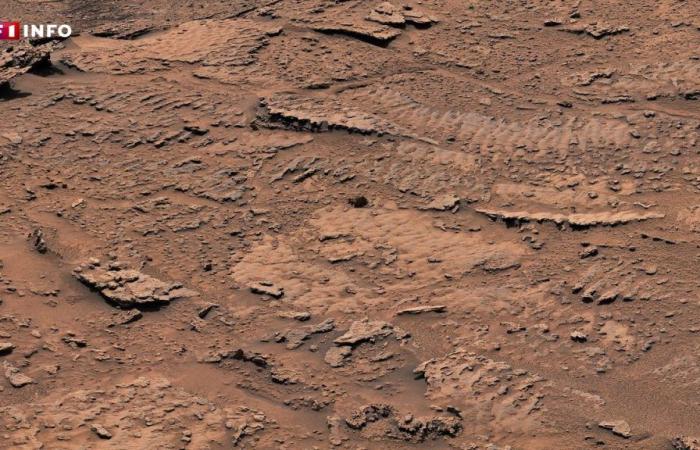To establish colonies in space, researchers looked at the sand present on the surface of Mars.
They assure that its use could make it possible to create solid structures without too many constraints.
Using these materials would prevent future missions from carrying large quantities of materials from Earth.
Sand found on the surface of Mars and the Moon can be turned into strong bricks that could be used to build future colonies in space, say a team of Dublin-based scientists. These Trinity College researchers have discovered a way to bind regolith (surface rocks, sand and dust) together using low temperatures and minimal energy.
The blocks, constructed with carbon nanotubes, have a relatively low density, but their resistance appears similar to that of granite. Enough to seriously consider the creation of future extraterrestrial structures.
Substantial savings to be expected
Professor Jonathan Coleman, who is leading this research project, said the discovery could help limit the amount of construction materials that would have to be transported off Earth to build a lunar base. When structures are built in space, they will have to use limited terrestrial materials, because these are heavy (and therefore very expensive) to transport.
Questioned by the BBCProfessor Coleman explained (new window) what “constructing a semi-permanent base on the Moon or Mars will require maximum use of materials found in situ and minimization of materials and equipment transported from Earth”. For him, this “will involve a heavy reliance on regolith and water, supplemented by small amounts of Earth-made additives.”
-
Read also
The European Space Agency offers itself… an actor from “Game of Thrones” to advertise
The researchers believe this discovery could also have practical implications for the construction industry on Earth. Indeed, there is a similar nanomaterial on our planet: graphene. Large quantities can be mixed with cement in concrete, which can increase its strength by 40%. The consequence? A reduction in the quantity of concrete needed to construct structures. The stakes would be major, assures the Irish team, since this material is responsible for around 8% of total CO2 emissions in the world.






